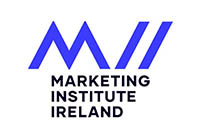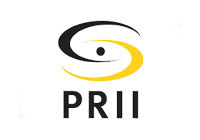
How to embrace employee-generated-content?
We all know content is king. Sharing consistent and creative content with your organisation ensures that your key messages are heard, the attention of employees is captured, and your internal communications goals are reached.
Oftentimes, the job of creating content that delivers your internal communications strategy falls to the marketing and communications teams. While there is always a place for this, increasingly, internal communication professionals are moving to being curators of content created by employees, rather than the creators. This is where The Internal Wire comes in.
From a shout-out post on the intranet to filming a mini-vlog from a conference, Employee-Generated Content (EGC) not only gives you a new content pool but also builds trust, engagement and a positive internal culture. Here’s how:
THE BENEFITS OF EMPLOYEE GENERATED CONTENT
Content from people we know resonates more – employee content receives, on average, 24 times more engagement than content shared by brands (TINT). By sharing unique insights from their team through EGC, employees get to see what is happening in different departments of the company that they may not have had access to before.
Building internal culture through different perspectives
Culture isn’t dictated from the top down. It is something that will grow and evolve organically, driven by your employees. Nurture that culture by giving different employees from different teams and backgrounds the opportunity and space to take ownership of the organisational values, of their team and their story.
Efficiency and time-savings
We all know how time-consuming creating new content can be. 69% of internal communicators say that they spend most of their time creating and curating content (All Things IC). By empowering employees to become content creators, you have another source of engaging content to share.
HOW TO ACTIVATE YOUR EMPLOYEE GENERATED CONTENT
Communicate a clear EGC policy
While you want to encourage your employees to create content that interests them, you also need to help establish the parameters. Be clear in your content creation policy, sharing guidelines around the type of content suitable in a professional context and how and when to share it. With the Internal Wire, we can help you to develop these guidelines and communicate them to employees.
Consider an approval process
While you don’t want too many barriers, you can implement an approval process for certain types of content or different platforms. Make this as seamless and clear as possible so employees are not discouraged.
Create an EGC Playbook
While many employees will be digital natives and have some level of comfort with posting to the social intranet or capturing short snippets of video, not everyone will. What we have found useful is creating an Employee Content Playbook, that shares tips and tools on everything from how to take a well-framed video to writing a short blog. This can also include clear guidelines on how to incorporate your organisation’s values and link business goals with the content created. For more, read our case study on our work with Laya Healthcare.
Host training sessions
Get the experts in! Training sessions are a great way to build excitement, upskill employees and kick-start an EGC campaign. Tap the skills of a variety of content experts from videographers to lifestyle influencers. By sharing real-world insights, your team will see what’s possible for them to create simply.
Appoint comms champs to take the lead
No one wants to be the first to take the plunge when it comes to vlogging or sharing a guest article. If you are lucky enough to have comms champs, let them lead by example – especially the ones you know already have an interest and affinity for creating and posting. Once people see the positive responses and the kudos, they will be more likely to join in themselves.
For more on the Internal Wire and how to empower your employees to become content whizzes, email ciara@springboardcommunications.ie.
For more stories like this sign up for our Insights newsletter ›
BACK TO TOP









